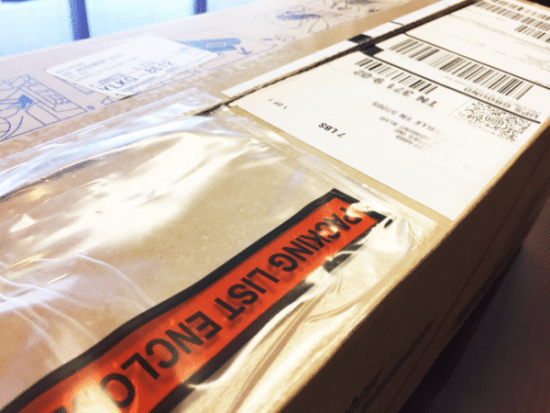Many organizations rely on annual reviews to measure employee performance. However, these checkpoints can be limiting and unsatisfying for all involved. When it comes to tracking progress, continuous performance management offers more benefits to employees and strengthens the organization’s strategic direction.
Understanding Continuous Performance Management
When employees know how they’re performing within an organization, they improve productivity and techniques as they grow over time. However, this improvement often depends on when management delivers feedback. While annual reviews can be effective, they represent a one-time feedback session during an entire year of work.
Continuous performance management goes beyond a single check-in. Through quarterly, or even monthly meetings, employers can deliver timely performance feedback and communicate clear expectations to their team members. This way managers and employees can adjust together as goals and strategies change. Managers can build trust and connection with their workforce through this system, moving team and individual goals forward.
Benefits For Employees
When organizations build continuous performance measurement into their management systems, employees experience a number of benefits. First, they have access to constructive feedback multiple times throughout the year. This means that they can make improvements on a consistent basis, rather than waiting for the last quarter.
A second benefit is employees will also learn what they’re doing well. This positive reinforcement can boost morale and encourage improvement in work going forward. It also works on the department level. Teams build confidence in managers and collaborate to reach goals throughout the year.
Benefits For Organizations
Employees value constructive and positive feedback. These check-ins with management make them feel valued, and employees who feel valued stay at companies longer. So, by setting up a continuous performance management system, your organization may experience increased employee retention.
Going beyond retention, managers can use these meetings to identify potential leaders within their departments. An employee who is showing potential during the first fiscal quarter can reach a leadership role by the fourth quarter. The manager can spot their potential, start leadership development, and get them to the next level. This trajectory may not be possible with only one performance review per year.
Regularly scheduled check-ins can also help with positive turnover. While some employees are invested in their jobs, others may be having a negative experience at work. And this brings down the entire department. Through continuous performance measurement, managers can identify employees who may benefit from leaving the company. The manager can discuss career goals with the individual and support their transition, rather than allowing them to remain unnoticed until the end of the year.
Finally, these conversations are a lever to continuously level-set strategic alignment and direction. They allow an organization the ability to pivot more easily because the cadence of the feedback is more consistent.
Getting Started
Implementing continuous performance management starts with process improvement. With set processes in place, organizations can hold all managers to the same standard and reap the benefits of regular check-ins. All employees know what to expect and can trust that the organization is supporting them.
If you’re interested in building continuous performance management into your organization’s strategic direction, contact the experts at InfoWorks, headquartered in Nashville, TN. Our team is equipped with business transformation best practices and can help you develop systems that support your company’s growth.




